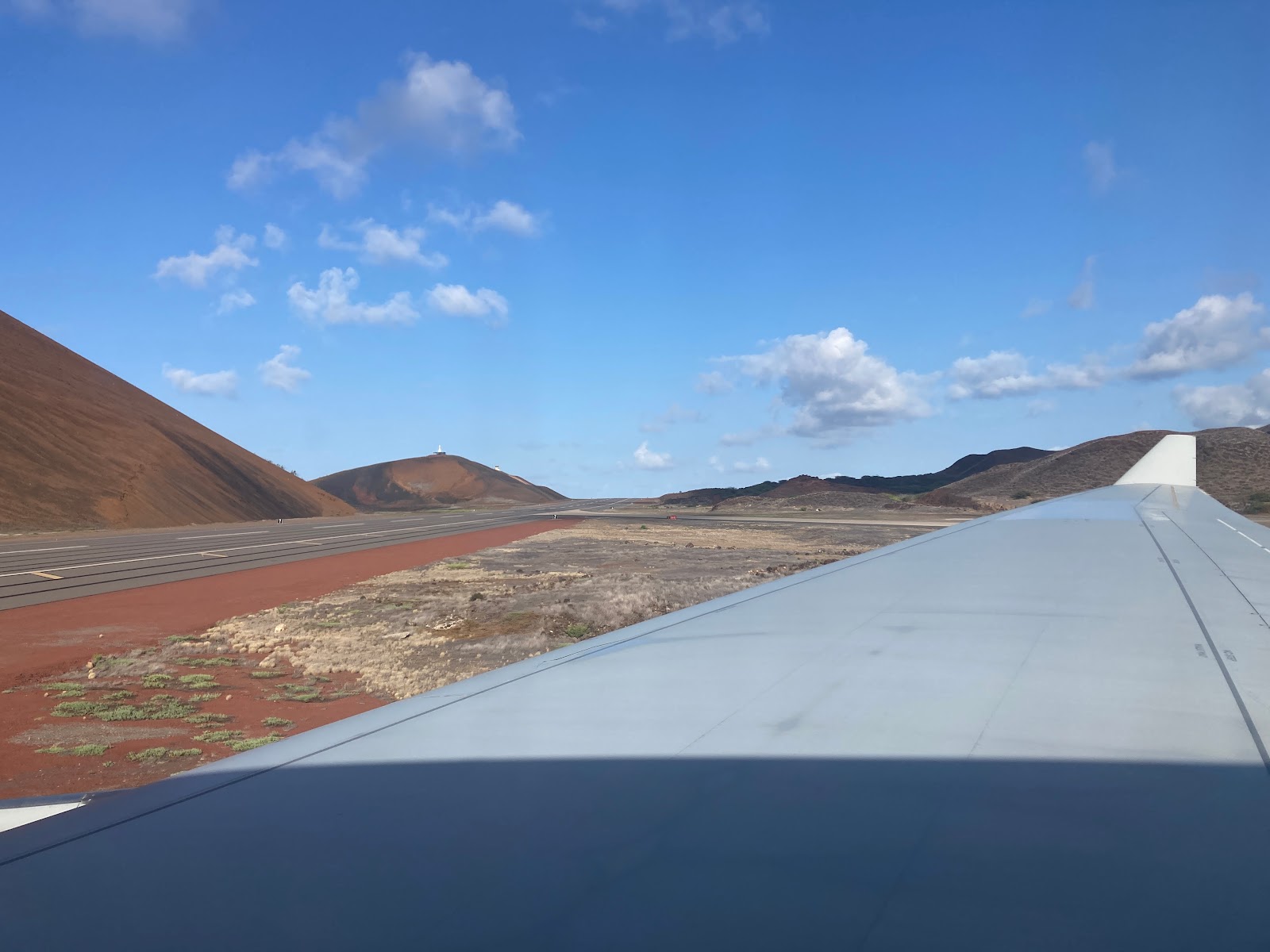I have now been back at Bird Island for over a week and am very much settled back into life here. I’m conscious that I have a new set of followers of my blog and many of you will be unfamiliar with much of the work I have done in the past and where I am. Therefore I’ll try and explain a bit about it all in my next couple of blogs.
Bird Island is a small sub-Antarctic island that lies at the western end of South Georgia, to the south east of the Falkland Islands in the southern hemisphere.
The island is small, about 3 miles long and about half a mile wide, separated from mainland South Georgia by a 500m stretch of water.
Bird Island is home to vast volumes of internationally important wildlife and a small group of seal and seabird scientists (working for the British Antarctic Survey) live and work at the research station here to study them. Being in the southern hemisphere it is now summer, so we have quite long hours of daylight. The weather is relatively mild at this time of year (between about 0 and 5 degrees), and usually quite windy and rainy. When the sun shines the island takes on a green, almost tropical look, and is very beautiful. Icebergs can be seen all year round. Much of the island is covered in deep tussac grass with mossy wet meadows and small ponds. During the winter months, the island is frequently snow and ice covered, but at this time of year this usually falls as rain.
Bird Island on the day we arrived.
The research station is modern and comfortable, and this season there are 13 of us here. The group is made up of 7 seal and bird scientists studying the wildlife (me), the station leader (who keeps everything running smoothly on station), and a project team of 5 who are installing solar panels and working on other infrastructure projects on the station.
The island is sloping, with rocky beaches along the southern coastline…
Which rise up to huge cliffs that plunge into the sea, all along the northern coastline.
The island is filled with a melee of wildlife, including seals, albatrosses and penguins who come to the island to breed each year. The meadows are used by breeding wandering albatrosses and giant petrels. Black-browed, grey-headed and light-mantled sooty albatrosses nest on the steeper ground. Beneath our feet, smaller burrow-nesting petrels and prions (like tiny albatrosses) make their home. In summer the beaches are busy Antarctic fur seal breeding colonies, and elephant seals also breed. Leopard seals visit the shores during the winter months. Gentoo, macaroni and chinstrap penguins nest on the beaches, while large groups of king penguins also hang around (but do not breed). There is also an endemic South Georgia pintail duck, and a small songbird, the South Georgia pipit.
The island is therefore a delightfully busy, and noisy place! I’ll write about my work here in my next blog, but meanwhile here are a few penguins for those that have asked for them.


















